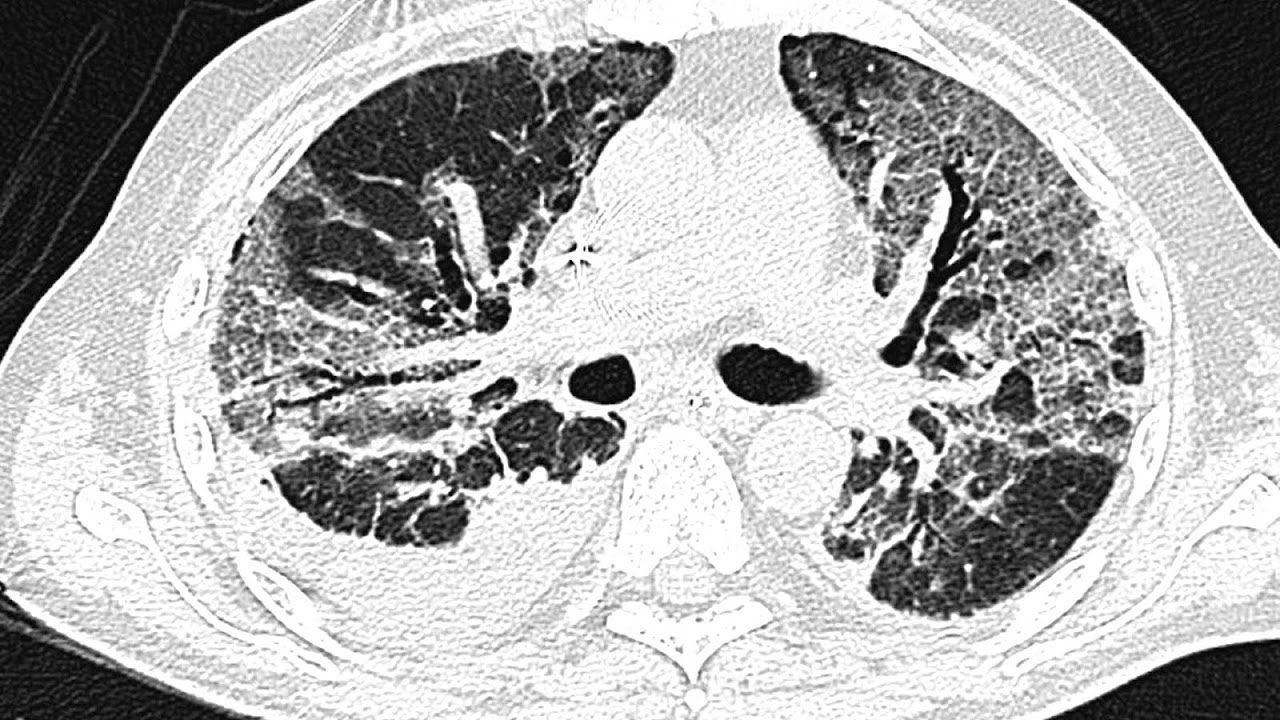
A coronary CT calcium scan is a computed tomography (CT) scan of the heart for the assessment of severity of coronary artery disease. Specifically, it looks for calcium deposits in the coronary arteries that can narrow arteries and increase the risk of heart attack. This severity can be presented as Agatston score or Coronary Artery Calcium (CAC) score. The CAC score is an independent marker of risk for cardiac events, cardiac mortality, and all-cause mortality. In addition, it provides additional prognostic information to other cardiovascular risk markers. A typical coronary CT calcium scan is done without the use of radiocontrast, but it can possibly be done from contrast-enhanced images as well, such as in coronary CT angiography.

Maps, Directions, and Place Reviews
Indications
The well-established indications for the use of the CAC score include stratification of global cardiovascular risk for asymptomatic patients: intermediate risk based on the Framingham risk score (class I); low risk based on a family history of early CAD (class IIa); and low-risk patients with diabetes (class IIa).
In symptomatic patients, the pre-test probability should always be given weight in the interpretation of the CAC score as a filter or tool to indicate the best method to facilitate the diagnosis. Therefore, the use of the CAC score alone is limited in symptomatic patients.
In patients with diabetes, the CAC score helps identify the individuals most at risk, who could benefit from screening for silent ischemia and from more aggressive clinical treatment.
However, coronary CT angiography (CTA) is superior to coronary CT calcium scanning in determining the risk of Major Adverse Cardiac Events (MACE).
Ct Scan For Heart Disease Video
Agatston score
The Agatston score, named after its developer Arthur Agatston, is a measure of calcium on a coronary CT calcium scan.
The Agatston score is derived from the work of Drs. Agatston and Janowitz of the University of Miami School of Medicine and dates back into the 1980s. The original work was based on electron beam computed tomography (also known as ultrafast CT or EBCT). The score is calculated using a weighted value assigned to the highest density of calcification in a given coronary artery. The density is measured in Hounsfield units, and score of 1 for 130-199 HU, 2 for 200-299 HU, 3 for 300-399 HU, and 4 for 400 HU and greater. This weighted score is then multiplied by the area (in square millimeters) of the coronary calcification. For example, a "speck" of coronary calcification in the left anterior descending artery measures 4 square millimeters and has a peak density of 270 HU. The score is therefore 8 (4 square millimeters × weighted score of 2). The tomographic slices of the heart are 3 millimeters thick and average about 50-60 slices from the coronary artery ostia to the inferior wall of the heart. The calcium score of every calcification in each coronary artery for all of the tomographic slices is then summed up to give the total coronary artery calcium score (CAC score).
Several variations of the Agatston score have been described, including mass-based calcium scoring, volume-based calcium scoring, or lesion-specific calcium-scoring, described in a 2010 paper by Szilard Voros and his team.

Lesion-specific calcium score
In 2008, Dr. Szilard Voros and his team began their investigation of the relationship between coronary calcification in the presence of blockages in the heart. This investigation led to the concept of the lesion-specific calcium score. Voros, Dr. Zhen Qian and their team introduced this concept where each individual calcified lesion is characterized and precisely measured using parameters including but not limited to the width, length, density, and distance from the entrance of the major coronary arteries. Research has shown that the lesion-specific calcium scoring method is superior to the traditional Agatston score for the prediction of significant blockages in the heart. The lesion-specific calcium score has been filed under US and international patent protection.
Source of the article : Wikipedia


EmoticonEmoticon